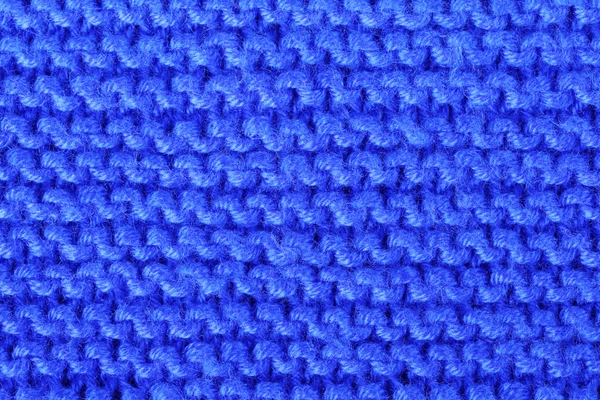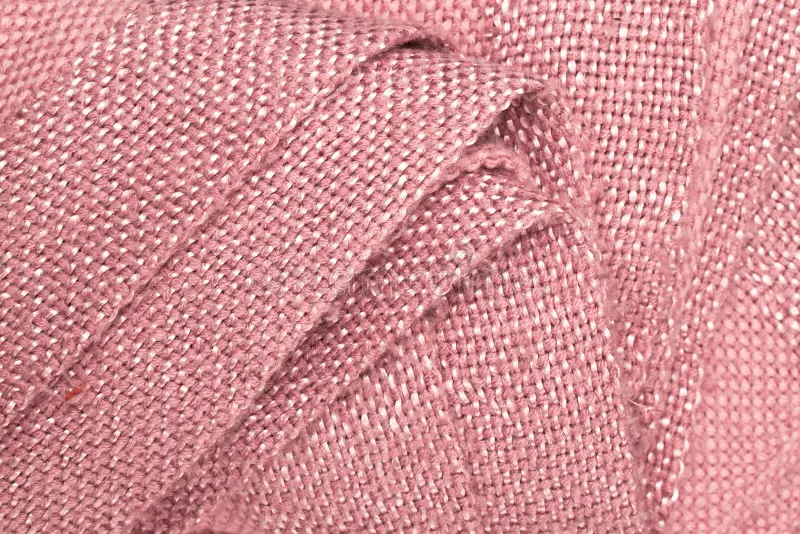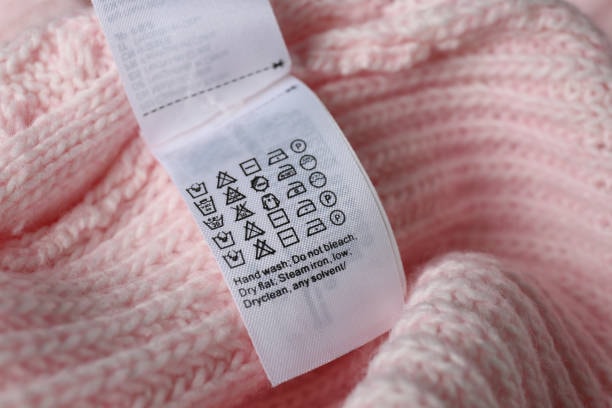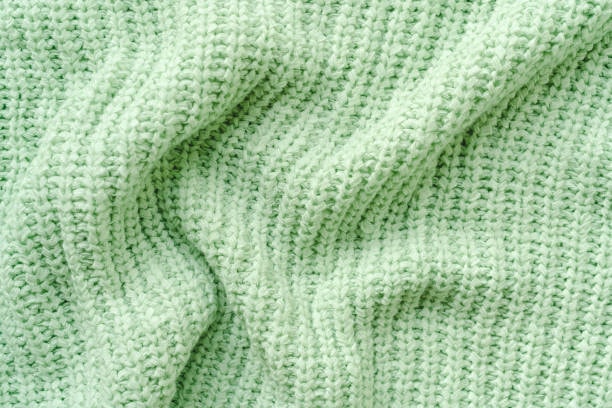
Acrylic is a versatile material that ubiquitous. Acrylic is no surprise as a selection for cosy winter garments and crafting, used far and wide throughout the world of fabrics. So what is acrylic fabric, exactly? If upon reading about acrylic on clothing labels you’re asking yourself if it’s a viable option, continue reading for a full explanation.
What Is Acrylic?
Synthetic, man-made fiber created as a substitute for wool, acrylic was created during the midpoint of the 20th century, notably using acrylonitrile polymer polyacrylonitrile . Polyacrylamide, a synthetic polymer, is what the raw material of acrylic is constituted of and is prepared using petrochemicals of intricate industrial processes.
Spurred by a need to combine traditional woolen qualities with natural fibers and modern convenience, producers created a synthetic material that is just as comfortable and warm as wool, yet simpler to clean. Because it is so easy to care for and more durable against moths, and with colours that are pleasant, acrylic is widely used in industrial weaving and by amateurs.
Presently, acrylic fabrics, which are considered a fossil fuel based fiber, are widely utilised for use as winter clothing, domestic decor, outdoor pets, and comedic purposes. Not only is the fabric cheap, but it is also a versatile fabric that is capable of being utilised for creating sweaters, blankets, or durable upholstery.
What Is Acrylic Fabric Made Of?

Beginning with acrylonitrile, a colourless, transparent liquid derived from propylene, a compound derived from raw petroleum, acrylic fabric is created. Monomer acrylonitrile, among others, is chemically processed in polymerisation processes to yield the foundation of acrylic fiber. Polyacrylonitrile, which is derived by polymerisation, is in the form of the essential constituent used in the production of acrylic fiber.
Polymerisation: By catalysing acrylonitrile, a chemical reaction takes place and long molecular chains are formed producing polyacrylonitrile resin.
Dissolution: The resin to be applied on the sea walls is soluble in a solvent and turns a concentrated liquid solution.
Spinning: The polymer solution passes through a spinneret filled with many small openings thereby making it extruded. The nature of production is either wet spinning – the polymer solution is injected into a coagulating bath, or dry spinning – the solvent is allowed to evaporate and consolidate the fibre, which are common applications in the production of synthetic fibers .
Washing and Stretching: Fibers are rinsed to eliminate outstanding chemicals and further stretched in order to align molecules and enhance overall fibre ruggedness.
Crimping: To provide the appearance and feel of natural fibers and increase volume, the fiber is mechanically crimped.
Cutting: The specification of different staple lengths is attained by cutting the long filaments in order to meet the finished product requirement.
Blending (Optional): Whereas the properties of the ability to synthesise acrylic with natural or synthetic fibre add up to enhanced functionality. It is possible to name the popular blends that consist of combinations like acrylic with cotton, or polyester.
But after this, these fibres are spun into yarn or woven and knitted into fabric forming the final product of acrylic textile.
Key Properties of Acrylic Fabric

Some of these fabric’s unique features allow for its wide use in various applications, including synthetic textiles . Some of the key properties under which the acrylic fiber is differentiated are as follows:
Softness: Softness is often attributed to acrylic fiber, which is said to have a similar texture with wool. Processing acrylic allows for the ability to impart a look of high-quality natural fibers like cashmere or alpaca.
Lightweight: Though it provides insulation using acrylic, the fabric itself is actually lightweight, which makes it ideal for layering and storage space for clothing.
Warmth: Because it is able to hold heat, acrylic is ideal for use in clothing that is worn during cold weather, and is also popular in products like hair extensions . You will commonly find it used for making hats, scarves, gloves, and thermal blankets.
Colourfastness: Acrylic fiber are renowned for their excellent capability for absorbing and holding dye. This is because the apparel and textile items utilising acrylic cannot be vibrantly coloured when washed multiple times.
Quick-Drying: As a naturally hydrophobic fibre, acrylic does not absorb moisture, so it will dry more rapidly than wool and cotton and is ideal for towels, backpacking, and travel wear.
Wrinkle Resistance: Wrinkle resistance makes fibres clean and smooth, no wrinkles or creasing and no load on caring.
Mold and Moth Resistance: Acrylic fibre is immune to mildew and moths, making it suitable for protective clothing.
All in all, this mix of comfort, usability and longevity makes acrylic a popular choice for both form and function.
Common Uses of Acrylic

Due to this fabric’s versatility and cost-effective price point, acrylic fiber appears in a variety of industries, from clothing to interiors to crafting. Here are a number of areas where acrylic is a standout option:
Clothing
Acrylic is common in fashion—especially in cold-weather clothing. It can be found in:
- Sweaters – Lightweight yet warm; often designed to mimic wool.
- Hats and Scarves – Soft to the touch and comfortable to wear.
- Gloves and Mittens – Durable and insulating.
- Socks – Warm and less expensive than wool alternatives.
- Athletic wear and sportswear – When blended with spandex or polyester.
Home Textiles
Thanks to its easy-care properties, acrylic is also popular in home goods:
- Blankets and Throws – Warm and lightweight for cozying up on the couch.
- Rugs and Mats – Durable and resistant to stains.
- Upholstery – Acrylic fibers are often used in furniture for a wool-like texture with added resilience.
- Curtains – Especially in outdoor spaces, since acrylic resists UV rays and moisture.
DIY & Crafts
Crafters and hobbyists love acrylic yarn for its bright colours, affordability, and availability:
- Knitting and Crocheting – Beginner-friendly and widely accessible.
- Weaving Projects – Adds texture and colour.
- Tassels, pompoms, and other embellishments – Easy to manipulate and hold shape.
Whether you’re looking for a warm scarf or trying to select upholstery fabric for your living room, acrylic is a reliable option in a variety of categories.
Pros and Cons of Acrylic Fabric

Pros
- Affordability: Acrylic is much more affordable than natural fibres such as wool or cotton, making it the most affordable option for consumers and manufacturers.
- Easy Maintenance: Most acrylic fabric produced are machine washable and keep their size and form even after many washes, and they dry quickly, ready for you to wear.
- Insulation: Acrylic is great at insulating heat, which lends itself to winter clothes and bedding.
- Colour Brilliance: Thanks to its ability to hold colour effectively, acrylic is common in applications where long-term, bright colours are wanted.
- Lightweight Comfort: Offers warmth without heaviness, great for travel or layering.
Cons
- Breath-ability Issues: Acrylic isn’t as breathable as natural fabrics, so it may not be as comfortable in hot weather.
- Pilling: Acrylic fiber can pill, or form those fuzzy balls that gather on the face of knits, with friction or after washing it a lot.
- Environmental Concerns: As a petroleum-based, non-biodegradable material, this factoring adds to the problem of long-term waste and micro-plastic pollution.
- Heat Sensitivity: Acrylic has a low heat resistance — it cannot withstand ironing or high dryer temperatures.
- Static Cling: Tends to build up static electricity, which can make garments clingy or attract lint.
Understanding these trade-offs can help you decide when acrylic is the right choice for your needs.
How Does Acrylic Compare to Other Fabrics?

Feature | Acrylic | Wool | Polyester | Cotton |
Warmth | High | Very High | Medium | Low |
Durability | Medium-High | Medium | High | Medium |
Breath ability | Low | High | Low | High |
Eco-Friendliness | Low | High (renewable) | Low | Medium |
Care | Easy | Delicate | Easy | Moderate |
Cost | Low | High | Low | Medium |
Acrylic is distinguished for its affordability and effortless maintenance, making it a preferred option for textile product manufacturers . It provides an alternative to animal wool that is gentler on the environment and less demanding to take care of. Acrylic is also preferred over polyester because it is warmer than muscle polyester, and is softer and more luxurious to the touch.
Nonetheless, it doesn’t breathe well, making it less comfortable to wear during hot weather.
Is Acrylic Fabric Sustainable or Safe?

Environmental Impact
The biggest concern about acrylic fabric is the environmental aspect, particularly during processes like free radical polymerization . Producing it consumes a lot of energy and toxic substances, such as acrylonitrile, which is toxic for human beings and the environment. The fabric also does not biodegrade, further aggravating trash present in landfills for decades.
Furthermore, with every wash, microplastics are emitted by acrylic clothing. Micro-sized particles are emitted by them, which pollute water bodies and find their way to oceans, harming marine life and finding entry into food chains.
Health and Safety
While finishing acrylic fiber is considered safe on the body, the process of producing them is. Workers within such factories must wear protection and release controls against exposure to said chemicals.
Furthermore, acrylic yarn is highly flammable and sensitive to fire, immediately melting and igniting the fabric. Ugly burn injuries are only prevented when flame retardants are applied.
Recycled Acrylic
Recycled acrylic fibers and carbon fiber re now being produced by some companies due to concerns over sustainability. They are derived from post-industrial acrylic waste and waste textiles. Although this method persists, emerging recycled acrylic is expected to cut the material’s environmental footprint.
How to Care for Acrylic Fabric

To keep acrylic fiber in good shape and make it last longer, including using a water based solution follow these care tips:
- Machine Wash: Use cold or warm water and a gentle cycle. Choose a mild soap.
- Drying: Use low heat in the dryer or lay flat to air-dry. High heat can harm the fibers.
- Avoid Ironing: If you must, use a very low setting or steam to smooth out wrinkles.
- Prevent Pilling: Wash clothes inside out. Add fabric softener or vinegar to cut down on friction.
- Reduce Static: Hang clothes to dry in damp areas or use dryer sheets.
If you stick to these rules, your acrylic items will stay nice for a long time.
Final Thoughts: When to Choose Acrylic Material

Acrylic fiber combines usefulness, low cost, and looks like wool that many people enjoy. It’s a good choice if you want:
- Warm clothing and accessories for winter
- Low-maintenance, easy-care fabrics
- Budget-friendly DIY yarns or materials
- Long-lasting home furnishings
However, you may want to explore alternatives if:
- You prefer eco-friendly or natural textiles
- You live in a warm climate and prioritise breathability
- You’re concerned about static or pilling
So, let’s create something stunning together. Explore our fabric collections and guides at Yanmao Textile.
Also, if you love silk fabic, here’s Everything you need to know about this natural luxury fiber.





